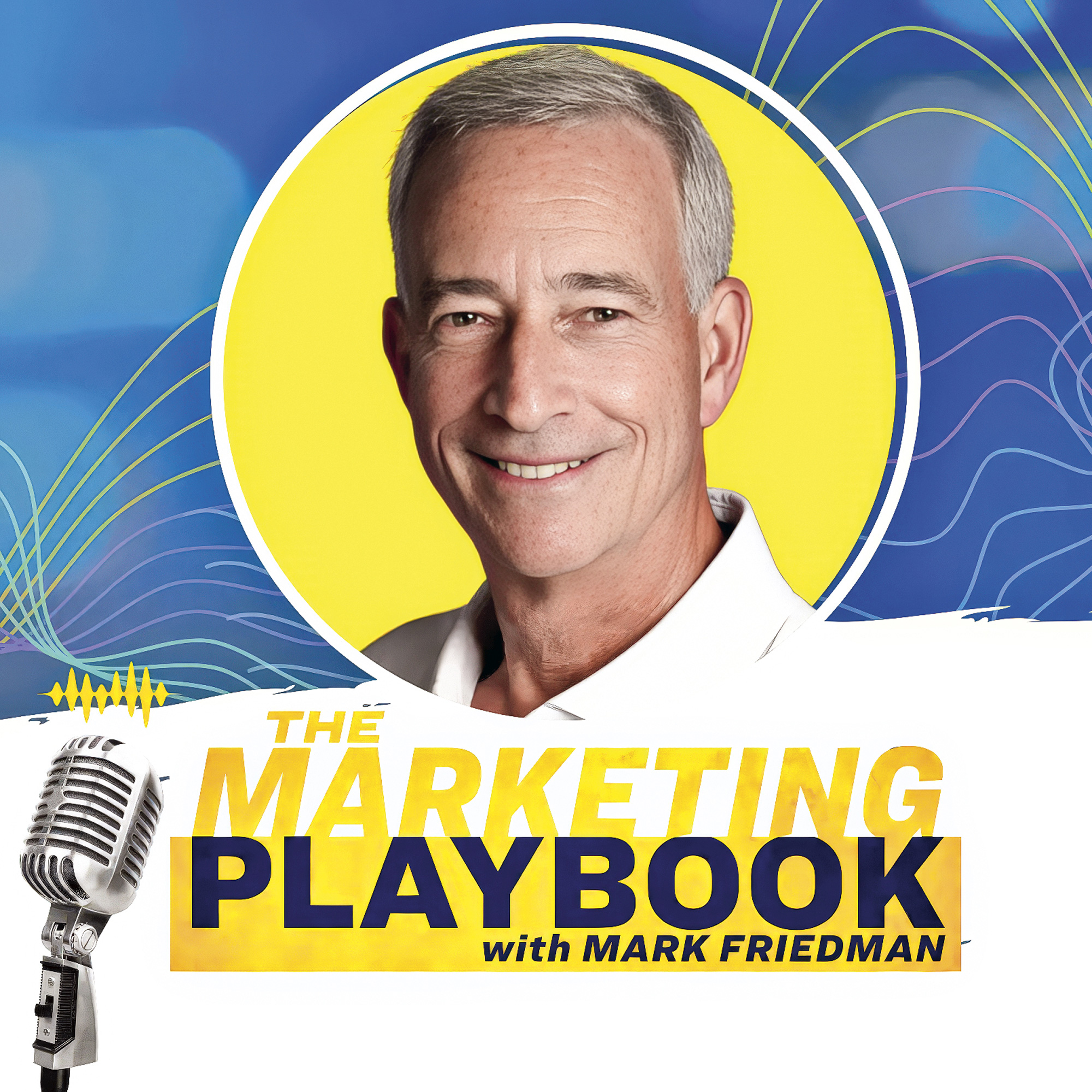
Photograph Courtesy of Friedman
In the black
Direct-to-consumer marketing pro Mark Friedman ’83 dishes on the top ways marketers can help bring in the profits for their brands.
After graduating from Lafayette with an economics degree, Mark Friedman ’83 originally set out as a certified public accountant—landing his first job at accounting firm Touche Ross (now known as Deloitte & Touche). When he transitioned into a private practice for a startup catalog business in 1986, it was his foray into the world of marketing—and where he found his true calling. No stranger to the power of the pivot, he is now a 30-plus-year veteran of the direct-to-consumer marketing industry.
“Just because you decide on a major in school, it doesn’t mean that’s what you’re destined to be for the rest of your life,” Friedman says. “You can morph, and you have your whole life to decide what it is you will thrive in.”
And thrive he did. Over the course of his career, Friedman has served as president of e-commerce at fashion footwear brand Steve Madden and chief marketing officer of clothing retailer Brooks Brothers, and has mentored dozens of startups. Today—in addition to consulting for brands like Eddie Bauer, Laura Geller, and LoveShackFancy—he’s the host of the successful podcast The Marketing Playbook. Five years and 125 episodes in, Friedman’s podcast has emerged as a “who’s who” of digital marketing and e-commerce. Each episode offers listeners actionable tips for their businesses from some of the industry’s biggest players.
Sharing a page from his own playbook, Friedman highlights his top pieces of advice for marketers who want to come out on top.
Up your measurement game
Shopping today isn’t as simple as walking into a store or ordering from a catalog. From receiving emails and text messages from brands after signing up on a website, to coming across ads on Google or Meta, to viewing influencer content on social media, “shoppers can make any number of stops along the way before they actually buy a product,” Friedman explains.
Figuring out which marketing tactics are driving consumers to make purchases is just as complex. “What marketers need to be able to do is utilize more sophisticated measurement tools—like the multi-touch attribution model, which tracks all those different touch points of a consumer’s journey—so they have a more precise picture of where their spend should go.”
Test, test, and test again
“We all have biases that can impact the decisions we make as marketers when we’re trying to solve a problem,” Friedman says. “But if you’re a customer- centric business, you have to let your customers tell you what the right or wrong answer is by letting them vote with their footsteps in your stores, dollars, or visits to your site.”
Many companies, he adds, don’t test nearly enough as they should, causing their brands to stagnate. While testing is an age-old tool marketers have used to tap into consumers’ minds, its mechanics have drastically changed in recent years. “With digital tactics and innovations like AI, you can test more quickly, accurately, and cost-effectively now than ever before. And if you take the big swing and find a winning test, it can move the needle for your business by driving more revenue and/or reducing your costs.”
Savvy partnerships can be a winning recipe
Friedman is a firm believer in the forging of partnerships between companies that share a similar target demographic. For instance, a men’s golfing apparel label could benefit from teaming up with sporting equipment or luxury watch brands to offer a more comprehensive range of products their patrons might want—a potential win-win for all involved. “It takes you from being a one-stop shop to catering to your customers’ lifestyle,” he says. Collaborating with another label to develop new products can also be a smart marketing move. “If the two stories make a good fit, a collaboration can bring in a lot of new customers for both sides by exposing them to audiences they might not have had before.”
Stay plugged into AI
With the rapid evolution and widespread adoption of artificial intelligence, Friedman says, “how businesses leverage it going forward is going to be supreme.” It’s still early to predict exactly how AI will revolutionize the marketing game. But as modern shoppers are becoming more specific in their searches for the items they want to buy, he explains, one possibility could be that more people will go to sources like ChatGPT to hunt for their next purchase rather than Google, Amazon, or retail websites.
Whatever changes may come, Friedman emphasizes, “the marketers who are aggressively learning about AI and how it plays into their business are the ones who will be the movers in their field.”



